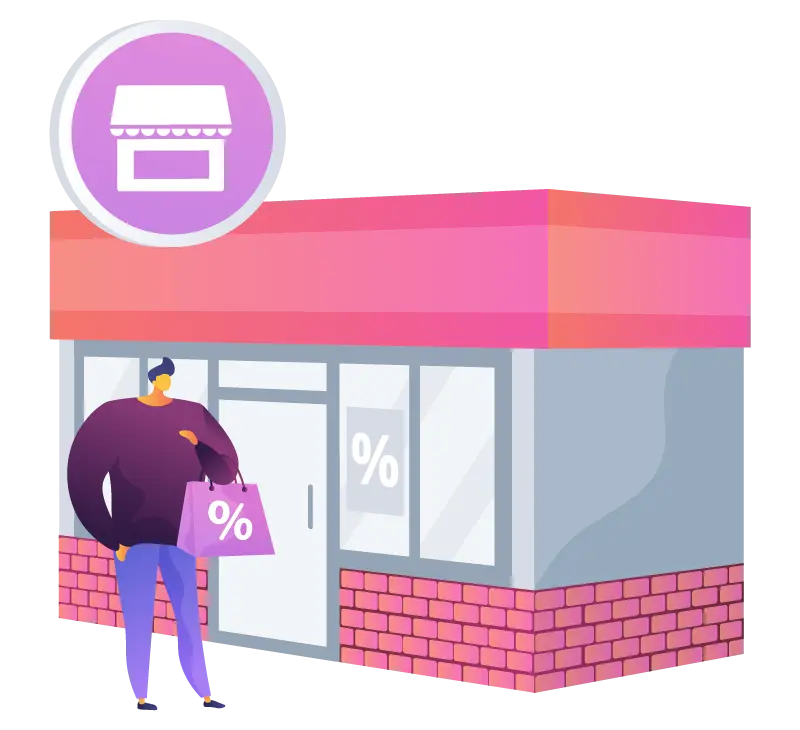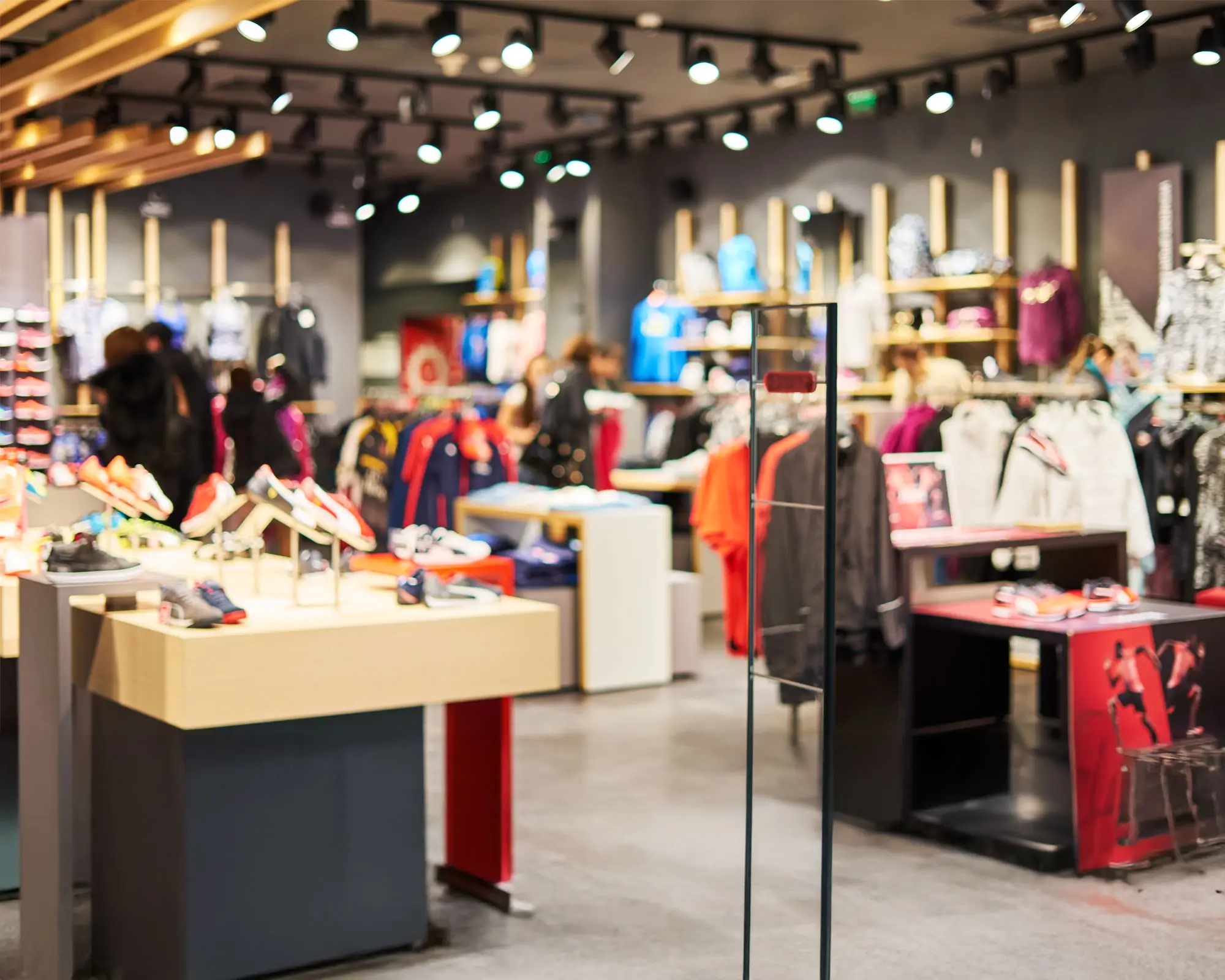Key Insights:
Business Challenge:
- Accurately measure footfall post-pandemic to adapt to changing consumer needs and behaviors.
Results at Glance:
Solution:
The retailer leveraged Azira for anonymized geolocation data, helping index footfall trends in stores and malls, including:
- Traffic Analysis: Identified high-activity hotspots and compared foot traffic across mall zones to optimize marketing efforts.
- Customer Profiles: Built detailed profiles with insights on demographics, interests, and location, including tourist information.
- Site Selection: Guided new store openings by comparing foot traffic and customer demographics at potential locations, reducing risk.
Situation:
A major sportswear retailer was looking to measure in-store footfall, and ascertain the share of footfall they attracted in the mall the store was situated in. They also wanted to understand visitation trends and evolving consumer behavior while measuring the rate of recovery compared to pre-pandemic (2019) levels.
The retailer would use these insights to inform their marketing and operational strategy for a new normal and attract more visitors as the restrictions were lifted. The insights would be crucial to a uniform strategy for a changed consumer with completely different shopping habits and needs compared to before the pandemic.
Challenge:
The retailer had an existing data provider partner which provided static datasets such as census data. This data lacked granularity and was not updated to reflect rapidly evolving consumer behavior trends. The challenge with static datasets also meant the data did not answer evolving questions or provide the ability to custom analyze the data.
To accurately measure footfall and recovery post-pandemic, the retailer needed real-time accurate consumer behavior data and location intelligence. Only with more timely data could the retailer make key decisions around store closings, new store openings, sales forecasts, and more.
Solution
The sportswear retailer partnered with Azira to access privacy-safe and anonymized geo-location data on visitor footfall and consumer behavior. Azira’s footfall data at the retailer’s stores and shopping centres is normalized first to address the volatility of the data. The data is then indexed to understand the footfall trends at the stores and the malls.
The data insights would help the retailer’s team to:
- Analyze Traffic – With Azira’s geo-location data, the retailer can identify high-activity hotspots and convert the device counts to footfall estimates. They can also compare footfall levels between different zones or areas in the mall. This can inform marketing and advertising efforts within the mall to attract more foot traffic.
- Determine Customer Flow or Cross Shopping Analysis – The retailer can also measure what proportion of consumers who visited the store visited other competitor stores as part of the same trip or analyze which other locations they visited. With real-time data, they can use insights on shopper behavior to inform marketing messaging and campaigns for better results and increased revenue.
- Define Customer Profiles – The data also enables the retailer’s team to build accurate customer profiles with insights into the demographics, hobbies and interests, brand affinity, and more of their audiences. With the aid of home location data, they can also profile customers to areas or locations based on age or affluence. They can also identify customers that were local or international tourists visiting the store.
- Identify Evolving Trends – With real-time data, the retailer can stay ahead of trends as they evolve. This was particularly important as they assessed changed consumer behavior and preferences during the new normal. With Azira’s data, the team could custom analyze datasets and compare and contrast trends pre, during, and post-pandemic, and more.
- Enable Site Selection – The Expansion team was able to compare the footfall and customer profile at potential shopping malls while evaluating new sites for store openings. The team could confidently select locations based on the consumers shopping patterns, mitigating huge risks of selecting sites with poor potential performance.
Results:
The data insights from Azira’s footfall data could help the sportswear retailer’s marketplace research team to:

Make data-backed decisions and inform their expansions and network strategy.

Evaluate 40+ sites over the course of the first 12 months, with 10+ of those sites being chosen for a new location.

Empower stakeholders across departments with data for planning and decision-making, powering dashboards and visualizations.

Improve On-Shelf-Availability of SKUs based on the respective profile of visitors in each store
With real-time insights into evolving consumer behavior and visitation patterns, the retailer is able to stay ahead of trends, make confident data-backed decisions, and provide exceptional customer experiences.

